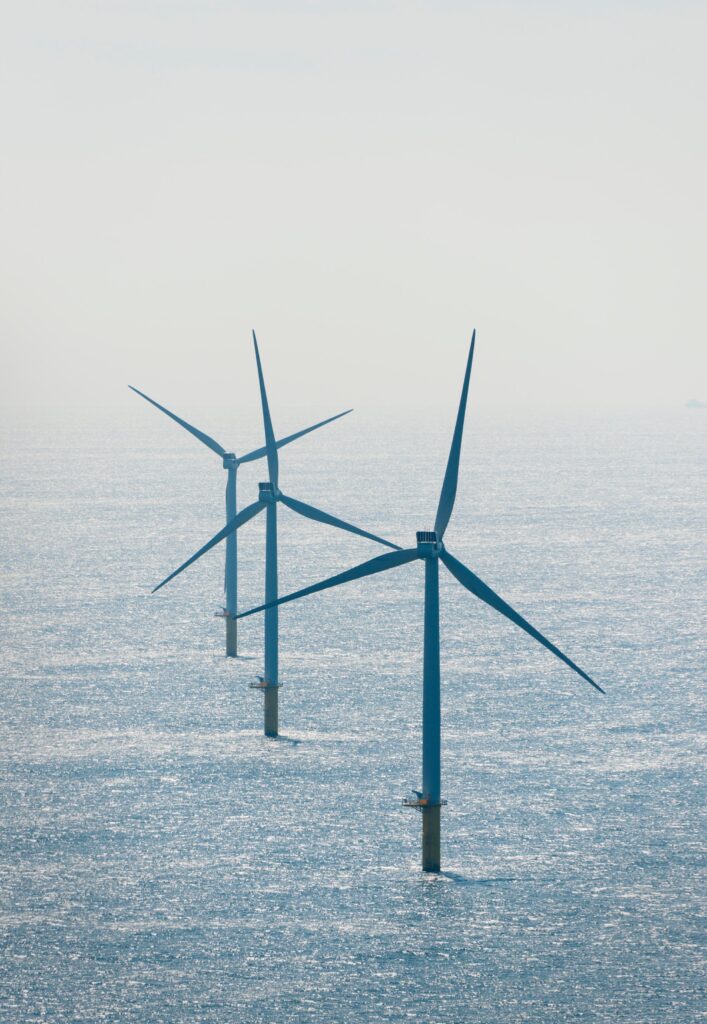LPs concerned by Japan fundraising fervor – AVCJ Forum
Strong demand for Japan exposure, resulting in LPs being cut back or unable to access certain managers despite increases in fund size on prior vintages, has prompted some investors to question whether the dynamics are sustainable.
“Japan is one area currently giving me some pause for thought. It is so hot. Some of the funds are doubling in size when the managers barely managed to invest their previous funds,” Nick Milnes, a director covering Asia and Europe private equity at MetLife Investment Management, told the AVCJ Private Equity Forum Australia & New Zealand.
“The capital efficiency in Japan is surprisingly low. Most GPs struggle to exceed 85% invested. If they double in fund size, I don’t see them reaching 70% invested. It will be a real struggle.”
Japan was the only major market in Asia to post a year-on-year increase in fundraising in 2023, securing USD 8.3bn in commitments, according to AVCJ Research.
Advantage Partners put down an early marker, closing its seventh fund on JPY 130bn (USD 969m) in April, up from JPY 85bn in the previous vintage. Japan Industrial Partners was set to end the year by closing its sixth fund on JPY 300bn, having raised JPY 148.5bn last time it came to market. Globis Capital Partners, Endeavour United, and Nippon Investment Corporation also hit final closes.
Earlier this month, Integral Corporation announced a first close of JPY 180bn on its fifth fund against an overall target of more than JPY 200bn. Integral closed Fund IV on JPY 123.8bn in 2020, having raised JPY 73bn for Fund III. Japan Growth Investments Alliance (JGIA) is also in the market, seeking JPY 65bn for Fund III, up from JPY 38bn last time. It is said to be oversubscribed.
Of the international GPs, The Carlyle Group told an investor call in February that it had seen “great demand” for its Japan private equity strategy. The fifth Japan fund launched in mid-2023, targeting JPY 400bn. Fund IV, the largest ever raised for Japan, closed on JPY 258bn.
Milnes was bullish on the opportunity set in Japan, highlighting attractive deal flow driven by founder-succession situations, corporate carve-outs, and forced public-to-private transactions. However, he questioned how many local GPs can act on it, suggesting there “might be some style drift” as managers scale into parts of the market where they are less experienced.
While the level of interest in Japan means LPs have limited scope for negotiation on terms, China’s fundraising challenges mean managers are more likely to comprise. The issue is that most have slowed deployment because they fear returning to market. Milnes is open to investing in China, saying he would live to see some GPs “be braver, deploy capital, and come back to market.”
MLC Private Equity, which operates one of Australia’s largest retail superannuation funds, is still wary of touching China. The group has traditionally used secondaries to trim exposure to the market, but with appetite for China secondaries limited, it would have to accept a significant valuation discount.
“If you had a venture portfolio that is 60%-70% of NAV [net asset value], you would be taking a hit if you were doing a secondary,” said Rachael Lockyer, a portfolio manager at MLC, told the forum. “Without substantial capital coming into the country, it’s very hard for us to make commitments there. Even a China portfolio company finds it hard to sell itself because the US buyer set is not looking at it.”
Within Asia, MLC is most excited about Australia, where PE remains under-penetrated – based on the financial sponsor share of M&A compared to markets like the US – the geopolitical situation is stable, and changing demographics mean plenty of founder-succession buyout deal flow.
“There’s a great opportunity to create value in a market where oligopolies succeed, and you can easily have a 30% market share and sell to an offshore buyer that wants to gain traction in a solid economy,” Lockyer said. “Strategic buyers are out there hunting. There will be some good exits in the coming year.”












